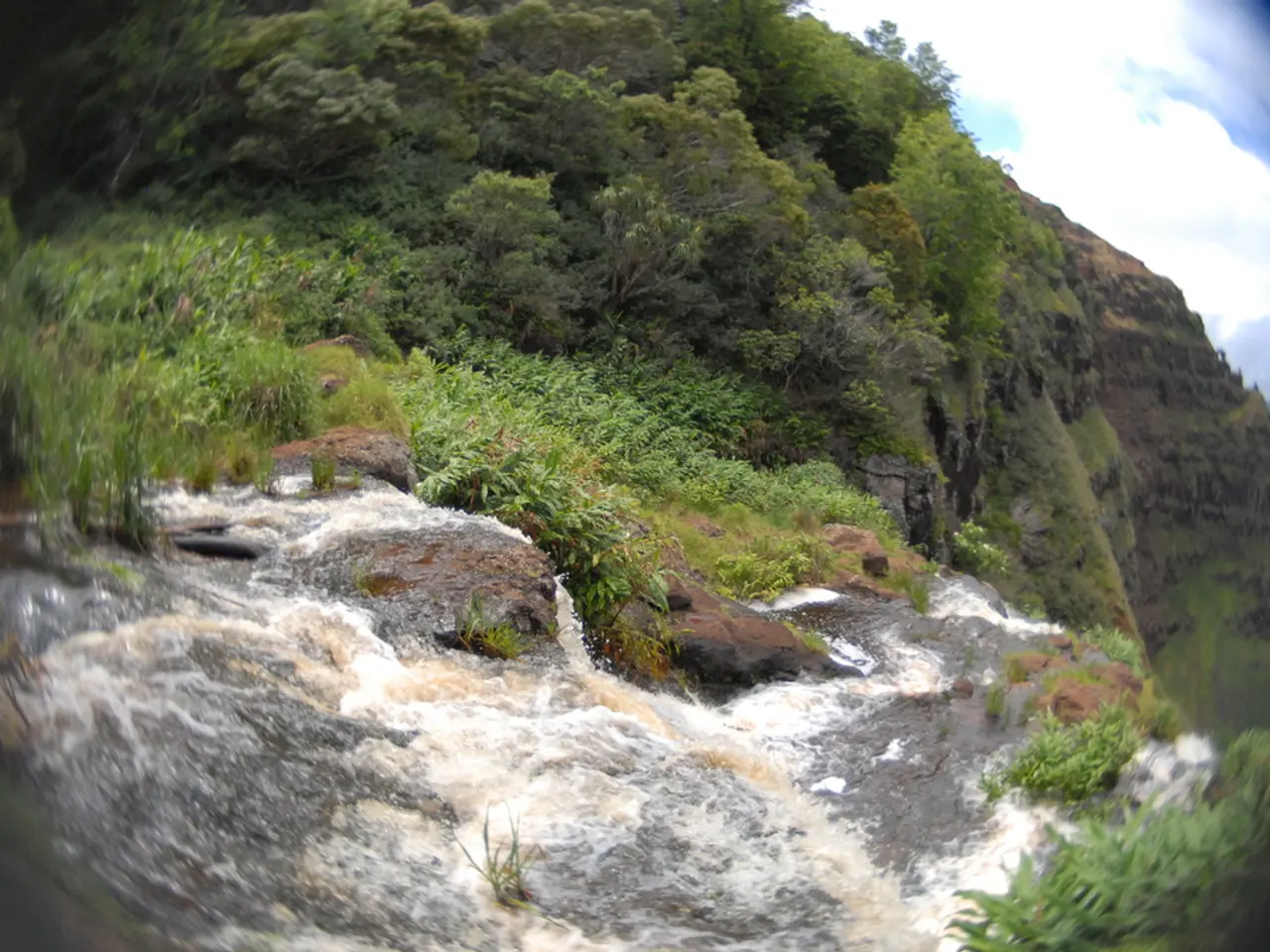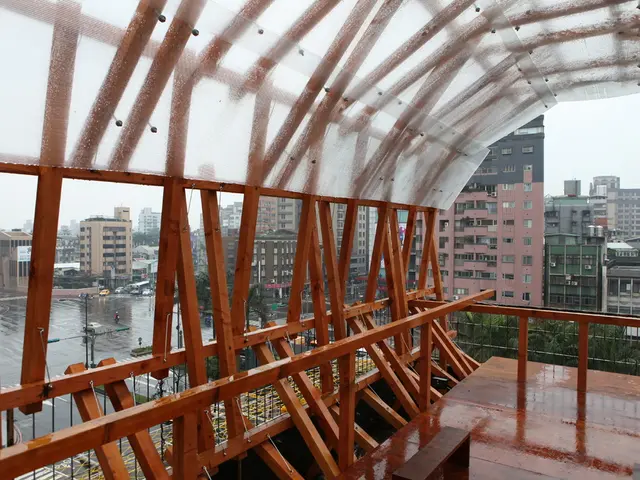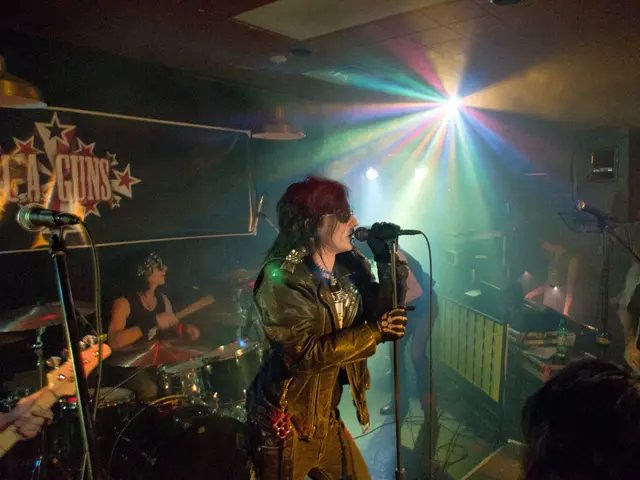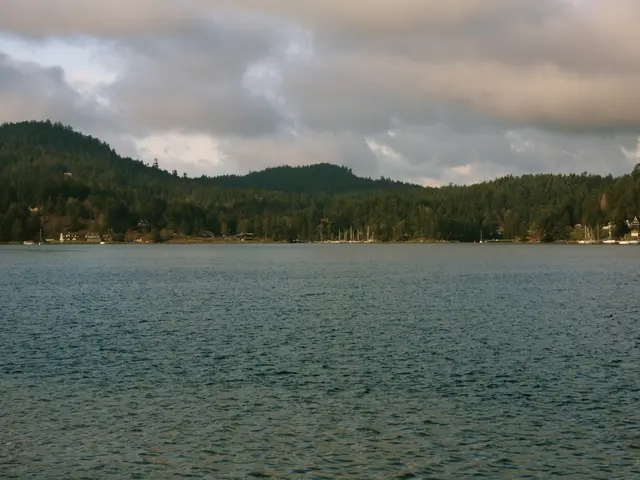July's rainfall according to Wupperverband was typical
In July 2022, North Rhine-Westphalia experienced unusually high temperatures and somewhat variable rainfall, as reported by the German Weather Service (DWD) and regional sources like the Wupper Association.
The region followed the nationwide pattern of above-average heat in summer 2022, with record or near-record high temperatures such as 38.3 °C registered on July 20 at the Braunschweig station, although Braunschweig is outside NRW, it illustrates the heat trend across Germany in that period.
Regarding precipitation, July is traditionally the wettest month in many parts of Germany, but July 2022 was characterized by rainfall patterns influenced by climate change effects. These organizations typically report on rainfall trends for water management, noting changes could include either drought spells or storms. However, precise NRW rainfall measures in July 2022 are not available.
At the Lindscheid measuring point at the Great Dhünn Dam, 114 liters of rain were measured, with an average of 108 liters. The Wupper Association, which conducted the measurements for rainfall in the Wupper region, noted that longer-lasting, land rain is required for a sustained filling of the water supply dams. Short-term increases in water levels were observed in the river due to rain showers, but the inflows to the dams remained low, despite the rain, as water was needed for minimum water flow in the Wupper.
At the sewage treatment plant Solingen-Burg, 116 liters of rain were recorded, which is slightly above the average of 111 liters. At the sewage treatment plant Buchenhofen in Wuppertal, 87 liters of rain fell, which is below the average of 100 liters. The raw water supply for the waterworks is secured, but the impact of the previous dry period is still evident.
The average sunshine duration in North Rhine-Westphalia in July was 197 hours, which is slightly above the average of 187 hours. At the Bever Dam measuring station in Hückeswagen, 114 liters of rain per square meter were recorded, which is the average value there. The water levels of the Great Dhünn, Kerspe, and Herbringhausen Dams are currently uncritical.
In conclusion, July 2022 saw record or near-record high temperatures in North Rhine-Westphalia and surrounding areas, consistent with a heatwave pattern noted by DWD. The rainfall was variable, with July normally the wettest month but subject to irregular patterns possibly including heavy localized rainfall or dry spells due to climate variability. Precise NRW rainfall measures in July 2022 are not detailed here but are monitored by the Wupper Association for water management. The raw water supply for the waterworks is secured, but the impact of the previous dry period is still evident.
The weather in July 2022, as reported by the German Weather Service (DWD) and regional sources like the Wupper Association, showed a heatwave pattern with record or near-record high temperatures, while the rainfall was variable, potentially influenced by climate change effects.
Weather-forecasting organizations typically monitor rainfall trends for water management purposes, with changes including either drought spells or storms, as reported by the Wupper Association.








